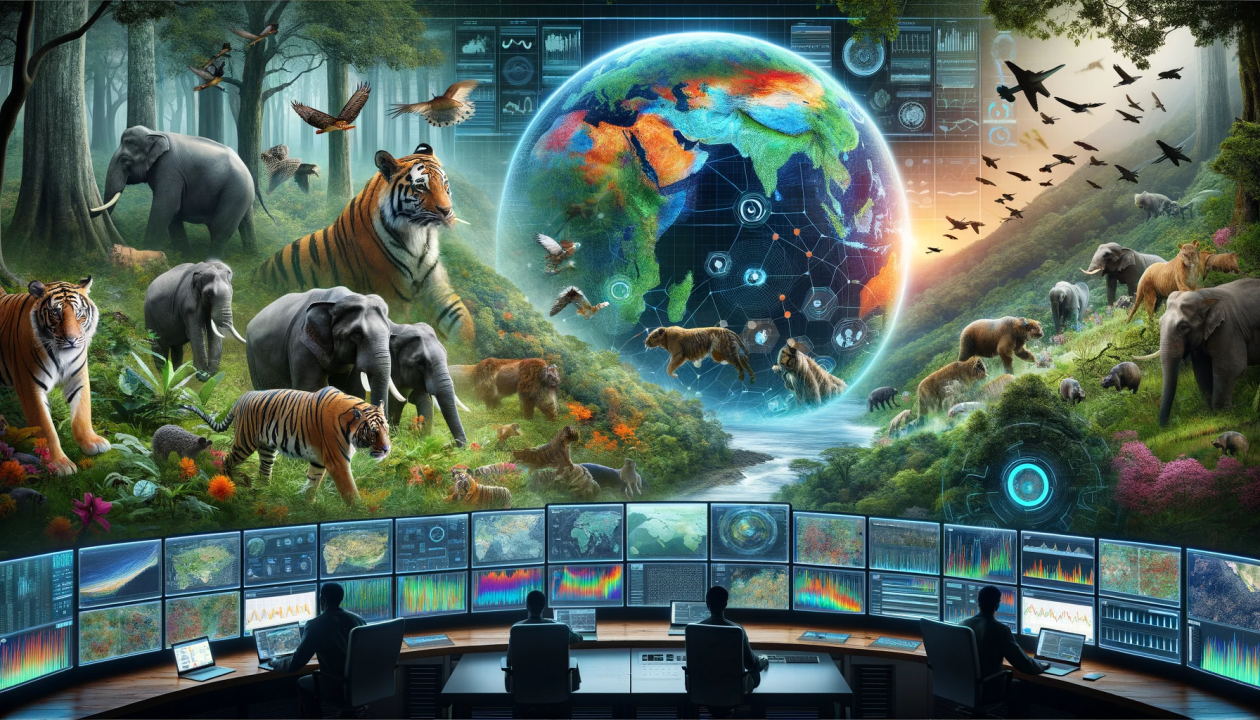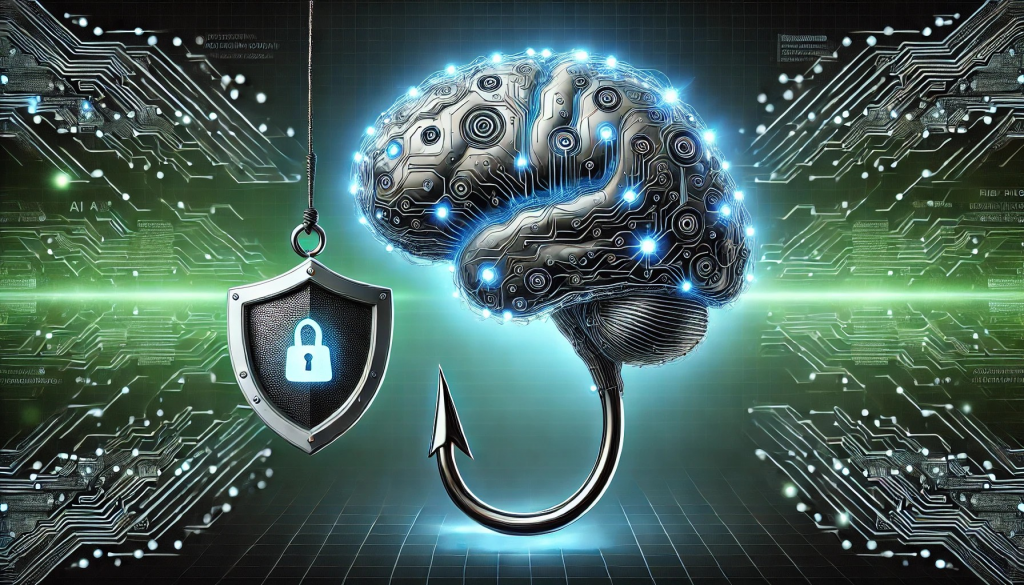Artificial Intelligence is increasingly playing a pivotal role in wildlife conservation, offering new tools to protect endangered species and combat illegal poaching. Through machine learning algorithms and computer vision, researchers can analyze data from camera traps, drones, and satellite imagery to monitor animal populations and their habitats in real-time. These AI-driven systems can automatically identify species, track movements, and alert authorities to unusual patterns, significantly reducing the time and labor traditionally required for fieldwork.
One notable application is the use of AI in anti-poaching efforts. In regions like Africa and Southeast Asia, AI models analyze geographic and behavioral data to predict poaching hotspots. This enables rangers to proactively deploy patrols, increasing their chances of intercepting poachers. Additionally, AI-aided acoustic sensors can detect gunshots or chainsaws in protected areas, immediately notifying response teams. Organizations such as the Wildlife Conservation Society and Microsoft’s AI for Earth initiative are leveraging these innovations to safeguard biodiversity.
While AI offers promising solutions, challenges remain in data quality, accessibility, and funding. Effective conservation requires interdisciplinary collaboration, combining AI expertise with ecological knowledge. When used ethically and transparently, AI can become a cornerstone of global biodiversity strategies, helping humanity restore and preserve the delicate balance of life on Earth.





